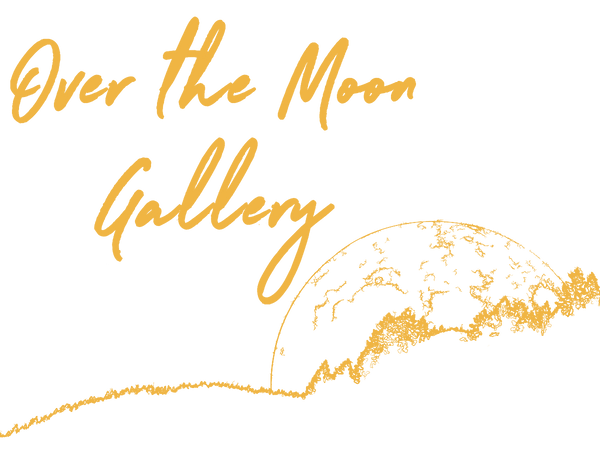We are fans of screen print technique and decided this could be a good subject to learn and write about as a blog. Often, when thinking of screen printing, images of band t-shirts or gig posters might come to mind, but this bold, hands-on printing method has a rich history in the art world.
There’s a unique story here, beginning in practical utility and ending in high art. Originally used mostly for commercial and industrial purposes, screen printing has gradually evolved into an artistic medium adopted by a number of major artists for their work.
What is it? Screen printing, also called serigraphy, is a stencil-based printing technique where ink is pushed through a mesh screen onto a surface—usually paper or fabric—using a squeegee. Each color gets its own screen. It’s a labor-intensive process that allows for bold, vibrant, repeatable designs with unique textural qualities that differ from other printmaking methods.
The technique began in ancient China and Japan, where it was used to decorate fabric. Fast forward to the early 1900s when it was mostly used for commercial products such as signs, packaging, and textiles. Its ability to produce sharp, consistent images on a large scale made it valuable for manufacturing and marketing.
Artists in the 1930s experimented with screen printing for the Federal Art Project (see below). In the 1960s, thanks to Andy Warhol, screen printing really exploded. His serigraphs of Marilyn Monroe (see image below & video), Campbell’s Soup cans, and celebrity portraits introduced the medium to the art world and the public. Warhol loved how screen printing let him repeat images like products on a shelf, it was the perfect match for Pop Art which was also emerging.
CLICK HERE to see the full video of Andy Warhol's "One Hundred and Fifty Multicolored Marilyns" in the Guggenheim Collection.


Another artist using serigraphy was Sister Corita Kent, a nun-turned-artist, who made waves in the art world with her colorful, uplifting prints. Kent saw screen print as a medium to bring affordable art to the masses. Her activist work was especially popular during the social upheavals in the 1960s and 1970s.
One of the reasons that this technique continues to attract artists is that it can be applied to a wide range of materials including textiles, paper, glass, and metal. Colors are vibrant and true and can be layered for more creativity.
Whether on gallery or museum walls (Warhol), protest posters (Sister Corita Kent/Shepard Fairey), or urban murals (Banksy), screen printing continues to captivate audiences. Today, another generation of artists push the medium forward, both as a tool of expression and a respected form of fine art. It's satisfying this unique art flourish and be used in artistic and creative new ways!
For local readers: Fullerton College offers a Screen Printing Certificate program, the only such program in Orange County higher educational institutions. The Fullerton College Art Department is holding an event - Parking Lot Prints on July 19th to celebrate this and other printing techniques. Find more information on Instagram: @parking_lot_prints_2025

